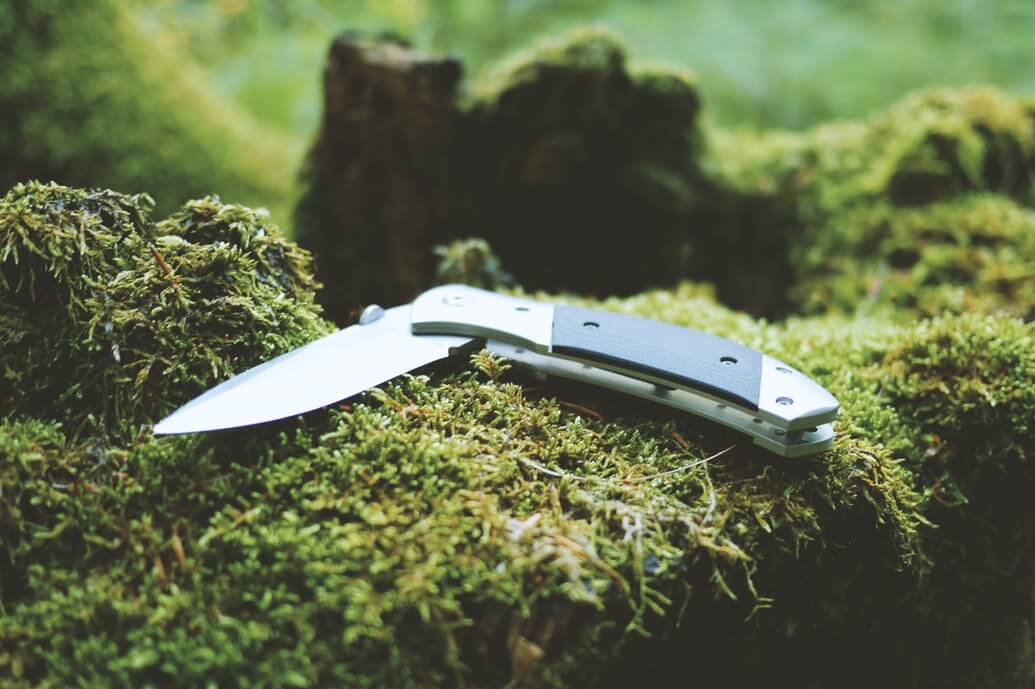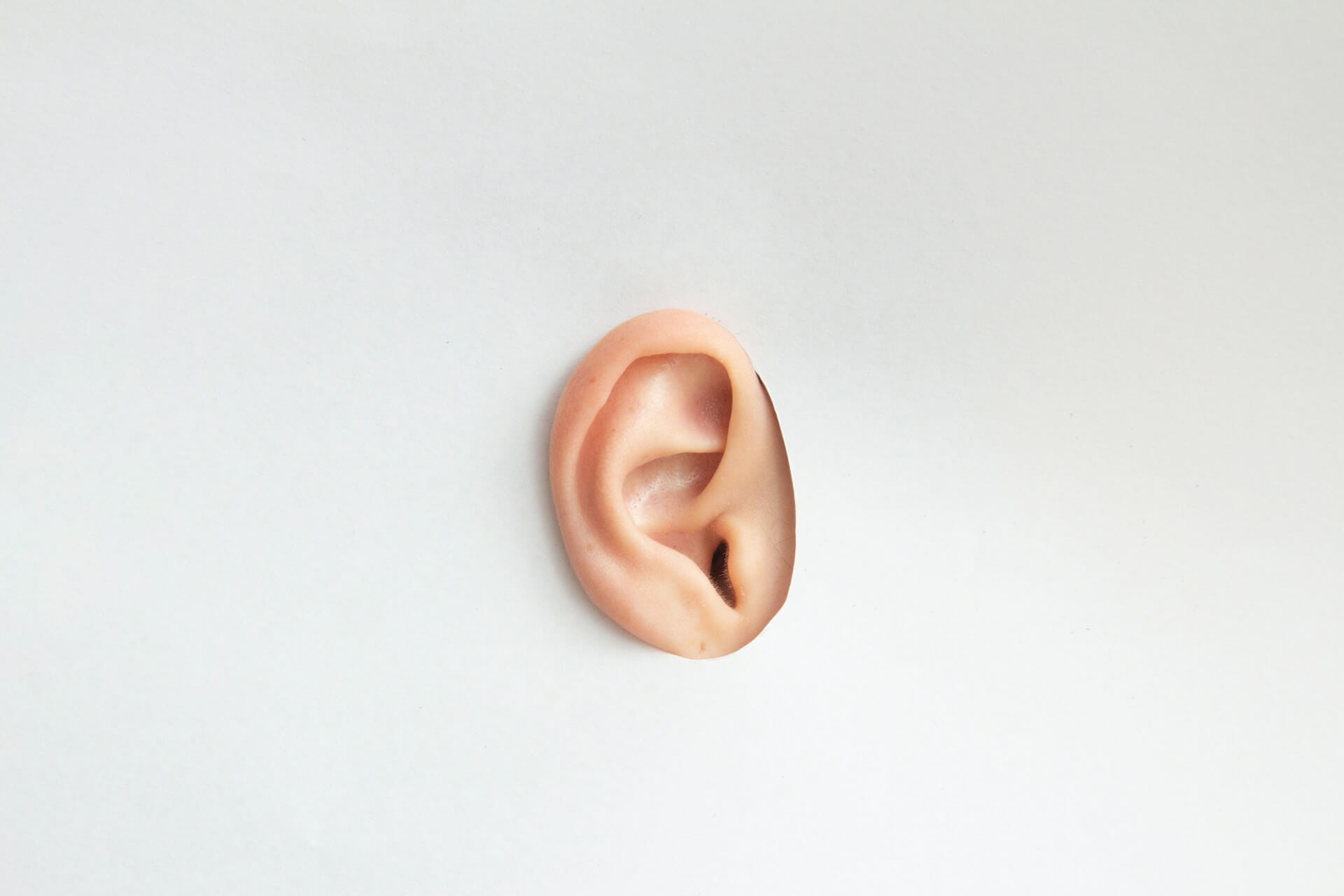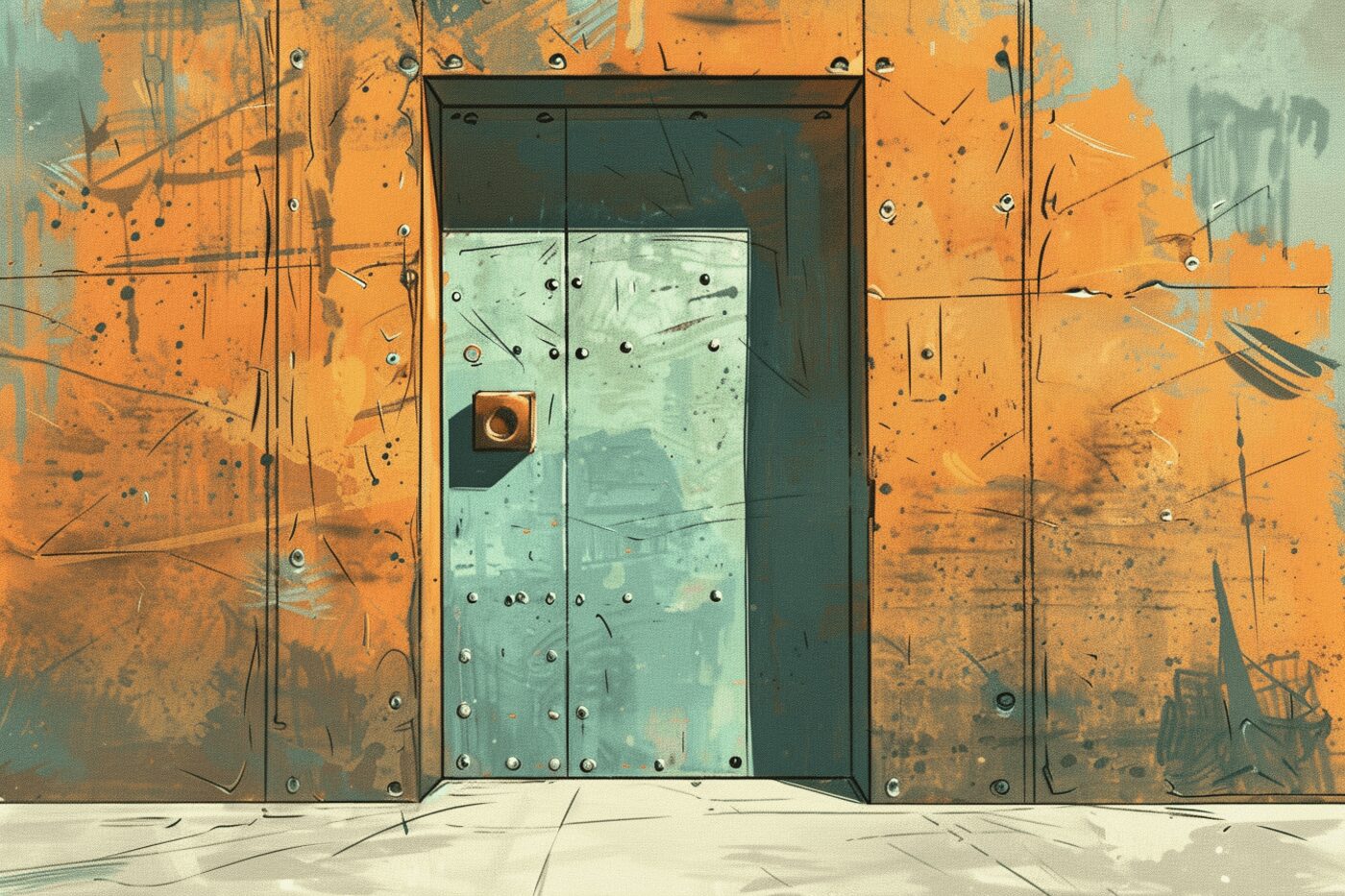What to Look for in a Survival Knife
Aug 23, 2018

As an Amazon Associate, Modded gets commissions for purchases made through links in this post.
If you haven’t bought a survival knife in a while, it can be hard to know where to start looking. With all the options available on the market today, it’s not as simple as just heading to your local Army/Navy surplus store for a KBar. If you’re in the market for a new survival knife, what should you be looking for?
Material
There are literally hundreds of different survival knives on the market right now, but they aren’t all created equal. You’ll want to find a blade that’s made of a high-quality material such as stainless or carbon steel. Other materials won’t hold an edge as long and might be prone to chipping or even cracking during use.
Stainless steel is the most popular, but many people believe that it doesn’t hold an edge. Carbon steel is a great option, and while it can keep an edge longer than stainless steel, it is also susceptible to rust.
Blade
The next thing you need to think about is the blade shape – do you want a straight or a serrated one? Serrated knives are useful for things like sawing through rope, but they require a specialized tool to sharpen them once they lose their edge. To sharpen a straight blade, all you need is a whetstone and some elbow grease.
Make sure you keep the length and thickness of the blade in mind. Most survival knives are between six and 12 inches long and between 3/16 and ¼ inch thick. Too long or too thick and it becomes unwieldy. Too thin and it could break under pressure.
Tang
The tang of the blade is how much of the steel continues into the handle. Tangs that only connect to the top of the handle can break off, especially in a survival situation. These knives are cheaper but not terribly useful. Opt for a blade with a full tang – the steel of the blade continues all the way to the base of the handle. This makes the knife stronger and enables it to serve you well for years to come, whether you’re using it to cut rope or fight off a bear (though we wouldn’t recommend the latter if you can avoid it.)
Handle
There are nearly as many different handle types as there are blades, so it’s good to pick the handle that works best for you. Wood, polymer, rubber and even paracord are some of the most popular handle options. Avoid hollow handles at all costs though. If the handle is hollow, it means that your blade isn’t full-tang – even if the seller claims that it is.
There is no way that we can definitively pick out a ‘best’ survival knife. What works best for us might not work for you at all. Just look for a full tang blade in either carbon or stainless steel, and you’re halfway there. Everyone you ask will have their own favorite hunting knife, so start asking, and maybe you’ll find the perfect knife for you.





